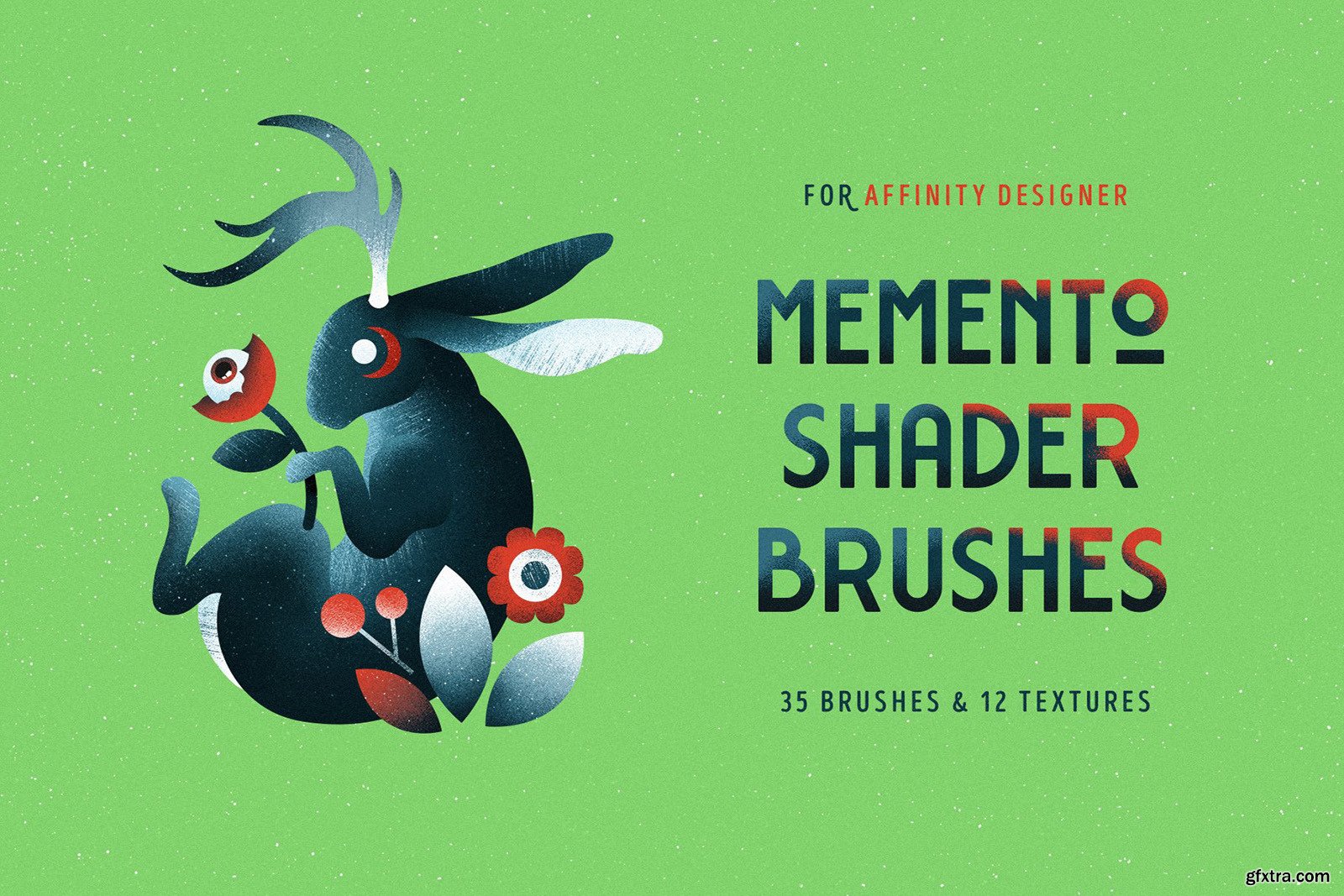
The chart will update, showing the chosen profile.
Select a custom profile from below the chart. From the Stroke panel, click the Pressure option. To apply a custom pressure profile to a selected stroke: Begin drawing your pen or pencil strokes.Įxample pressure profiles created via instructions above, all superimposed with expected stroke. Drag either end node downwards, then click repeatedly along the profile line to add multiple nodes which can be positioned vertically and horizontally to form a variable width stroke. Drag either end node downwards, then click halfway along the profile line to add a node which can be dragged upwards to taper the stroke according to the curvature of the graph. Select either end node twice (or press the ), then drag it downwards to taper the stroke in that direction. Drag either end node downwards to reduce the stroke width uniformly along the stroke length. Using the displayed chart, do one of the following:. On the Stroke panel, click the Pressure input box. This can be optionally saved as is, or modified before saving. If you want to create a custom pressure profile that can be applied to a previously drawn stroke, you can design it and apply it from the Stroke panel. Pixel brush settings: as for vector brush options, but additional jitter options are provided that affect brush hardness, shape, color, and the scatter and rotation of nozzles. For vector brush settings: jitter options let you control how brush size and flow are affected by your pressure-sensitive device or mouse. While you get the response you need from either input, you'll still be able to fine-tune brush settings for pressure/velocity. Otherwise, the brush stroke properties will vary from a minimum to maximum amount (e.g. 
If set to 'None', the brush is always a fixed size, flow setting, etc. as you paint according to a particular input: 'Pressure', 'Velocity', 'Brush Defaults', or 'None'.

When that is enabled, the brush will not paint on the current layer’s transparent regions, only those that are opaque. If the selected brush tool does not paint anything, check for a Protect alphaoption on the context toolbar. This automatic response is governed by the brush controller which is set to automatic by default-it senses the type of input device and varies brush size, flow, etc. Use your keyboard's left or right arrow keys to manually rotate your brush nozzle(s) before and during stroke application. The same brush tools can be used but with simulated pressure sensitivity based on the speed (velocity) of your mouse movements. Whether you're using vector-based Pen, Pencil or brush tools, or pixel-based brush or retouch tools, you can simply connect your device and you're ready to go.įor mouse users, Affinity Designer lets your mouse become velocity sensitive by default. If you prefer a mouse, Affinity Designer offers simulated pressure sensitivity. If you prefer a mouse or trackpad (not Force Touch), Affinity Designer offers simulated pressure sensitivity.Īffinity Designer offers complete flexibility when using pen tablets for real pressure-sensitive drawing and painting. Pressure sensitivity Pressure sensitivityĪffinity Designer offers complete flexibility when using pen tablets or Force Touch-enabled devices for real pressure-sensitive drawing and painting.






 0 kommentar(er)
0 kommentar(er)
